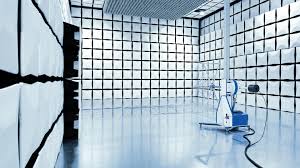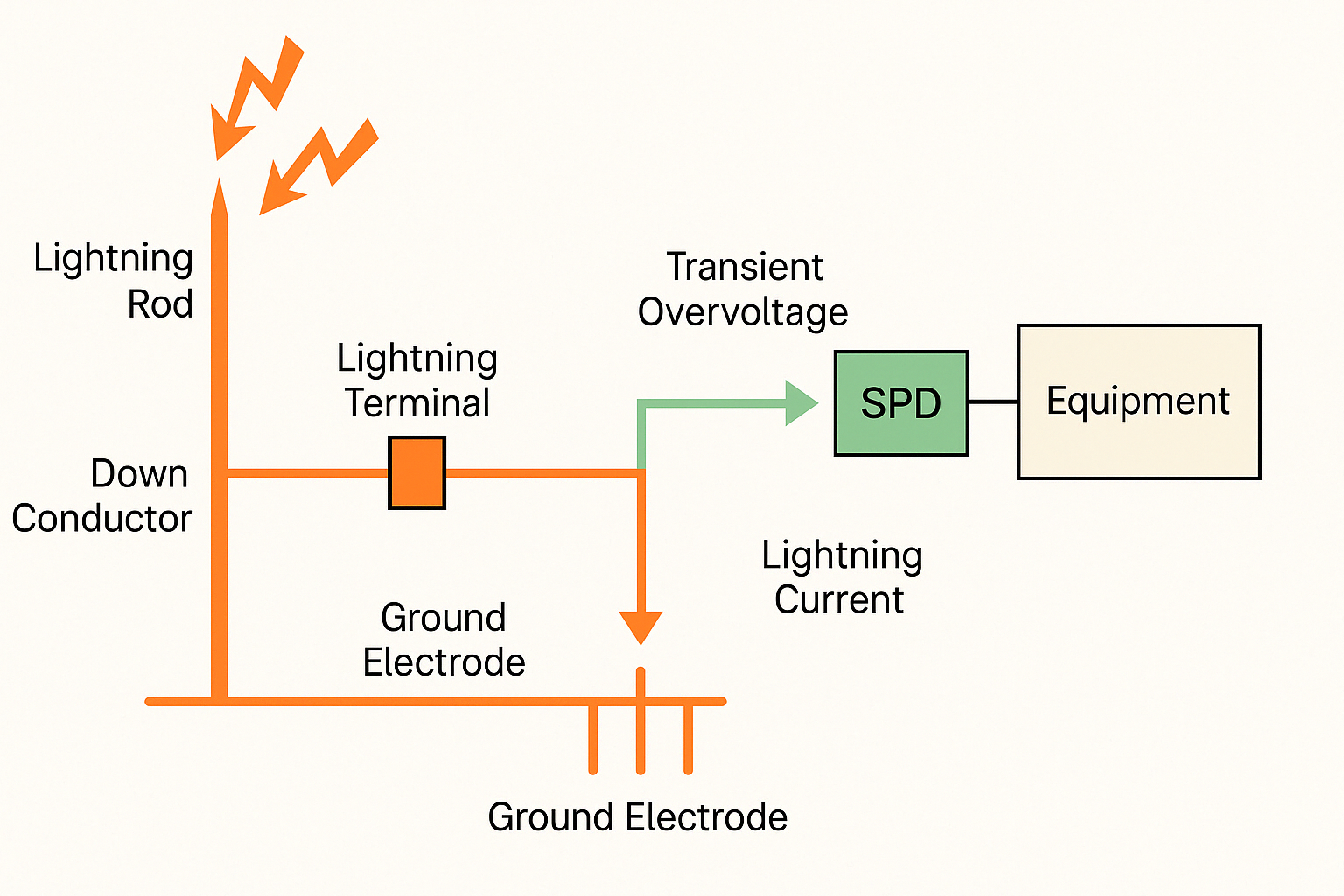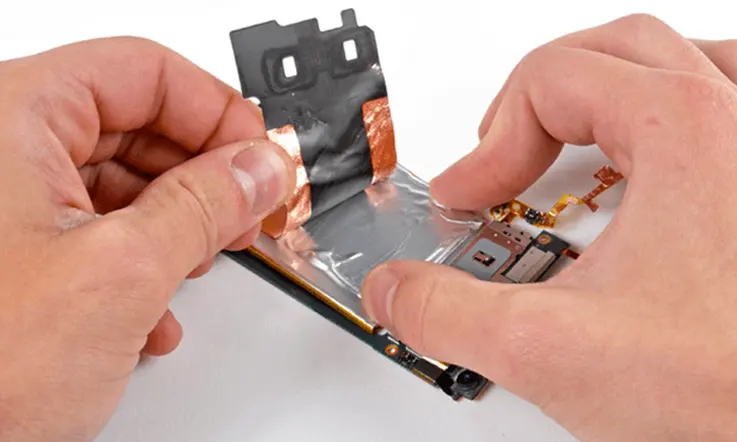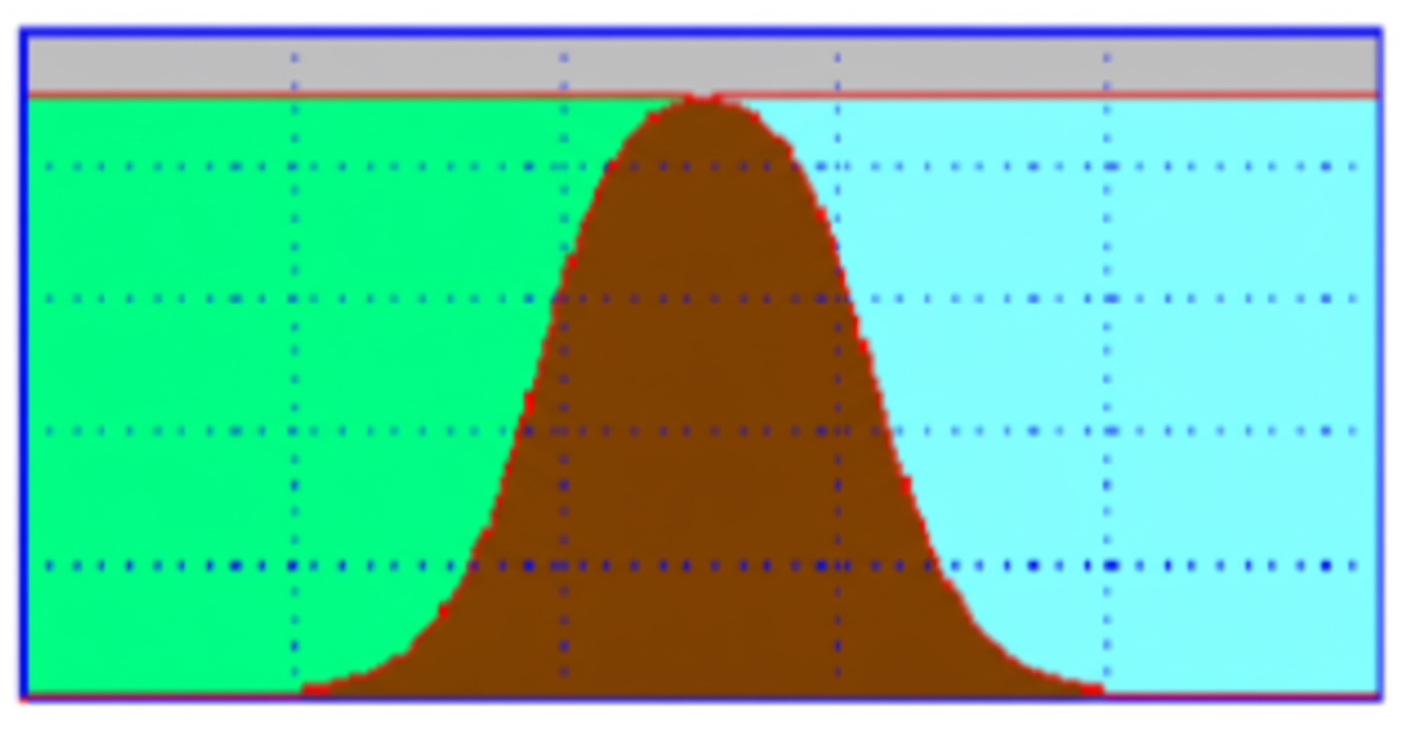
Electromagnetic Compatibility (EMC) testing is a comprehensive evaluation of a product's electromagnetic interference and immunity. It is a critical indicator for product quality and safety certification. Many products fail to meet standards during safety certification, with failures in EMC testing being particularly common. When a product fails these tests, an EMC rectification notice is issued.
This article analyzes common problems encountered during EMC rectification and offers suggestions, as many managers and engineers are often unsure where to begin the process.
First, let's break down the components of EMC testing. EMC primarily consists of two main categories: EMI (Electromagnetic Interference) and EMS (Electromagnetic Susceptibility). These categories include several sub-tests. Key EMI tests include: Radiated Emissions (RE), Conducted Emissions (CE), Harmonics, and Flicker. Key EMS tests include: Electrostatic Discharge (ESD), Electrical Fast Transient (EFT), Voltage Dips (DIP), Conducted Susceptibility (CS), Radiated Susceptibility (RS), Surge, and Power-frequency Magnetic Field (PMS). These tests show that EMC focuses on a product's electromagnetic interference and susceptibility. If a product fails to meet certification standards, rectification often involves modifying its materials and components.
General Rectification Advice
- Upon receiving a rectification notice, develop a clear EMC troubleshooting plan. Modifying the product aimlessly without a plan will only increase rectification costs.
- Problem identification can be approached in two main ways: by relying on the engineer's intuition and experience, or by conducting comparative tests and analyzing the data from test instruments.
EMC Rectification Procedures
- Rectification procedure for excessive Radiated Emissions (RE).
- Rectification procedure for non-compliant wires and cables.
- Rectification procedure for signal cables.
- Rectification procedure for shielding leakage.
Key EMC Design Considerations
- The filtering function of capacitors.
- When capacitor filtering becomes ineffective.
- When to use LC filters.
- Determining the optimal PWM frequency.
- How to correlate schematics with PCB layout.
 ALLPCB
ALLPCB







